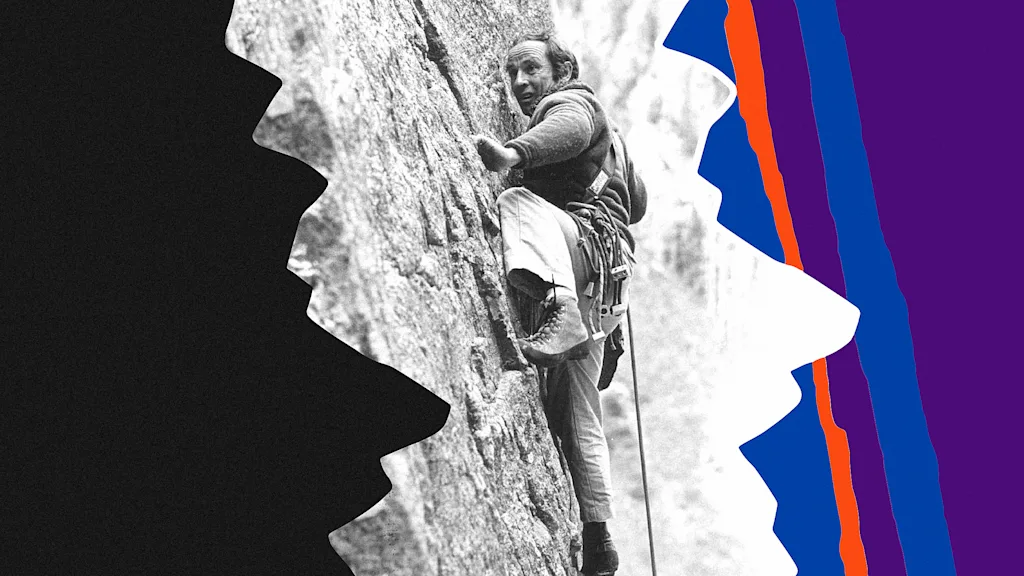
"In the 1970s, the U.S. military was one of Patagonia's biggest fans. It began with climbing gear. Chouinard, an avid rock climber, first came up with the idea of starting his company because he wanted to make better climbing gear. He couldn't find metal spikes that he liked for wall climbing, or ice axes for ice climbing, so he developed them himself."
"When the military got wind of these functional climbing tools, they began buying them for soldiers who would need to scale walls during military missions. In the decades that followed, Patagonia introduced innovative new fabrics that were moisture wicking and thermoregulating. By the 1980s, the military was buying off-the-shelf Patagonia base layers and fleeces for enlisted personnel working in cold climates."
Patagonia grew over more than half a century from a small climbing-gear maker into an influential sustainable apparel company. Yvon Chouinard invented spikes and ice axes, then developed moisture-wicking, thermoregulating fabrics and fleeces. The U.S. military became an early large customer, purchasing off-the-shelf base layers and commissioning custom cold-weather systems for soldiers. The company navigated unconventional business choices and conflicting pressures as it sought to reduce harm while remaining profitable. Patagonia combined product innovation with environmental commitments and at times made controversial partnerships, reflecting ongoing tensions between mission-driven values and commercial realities.
Read at Fast Company
Unable to calculate read time
Collection
[
|
...
]